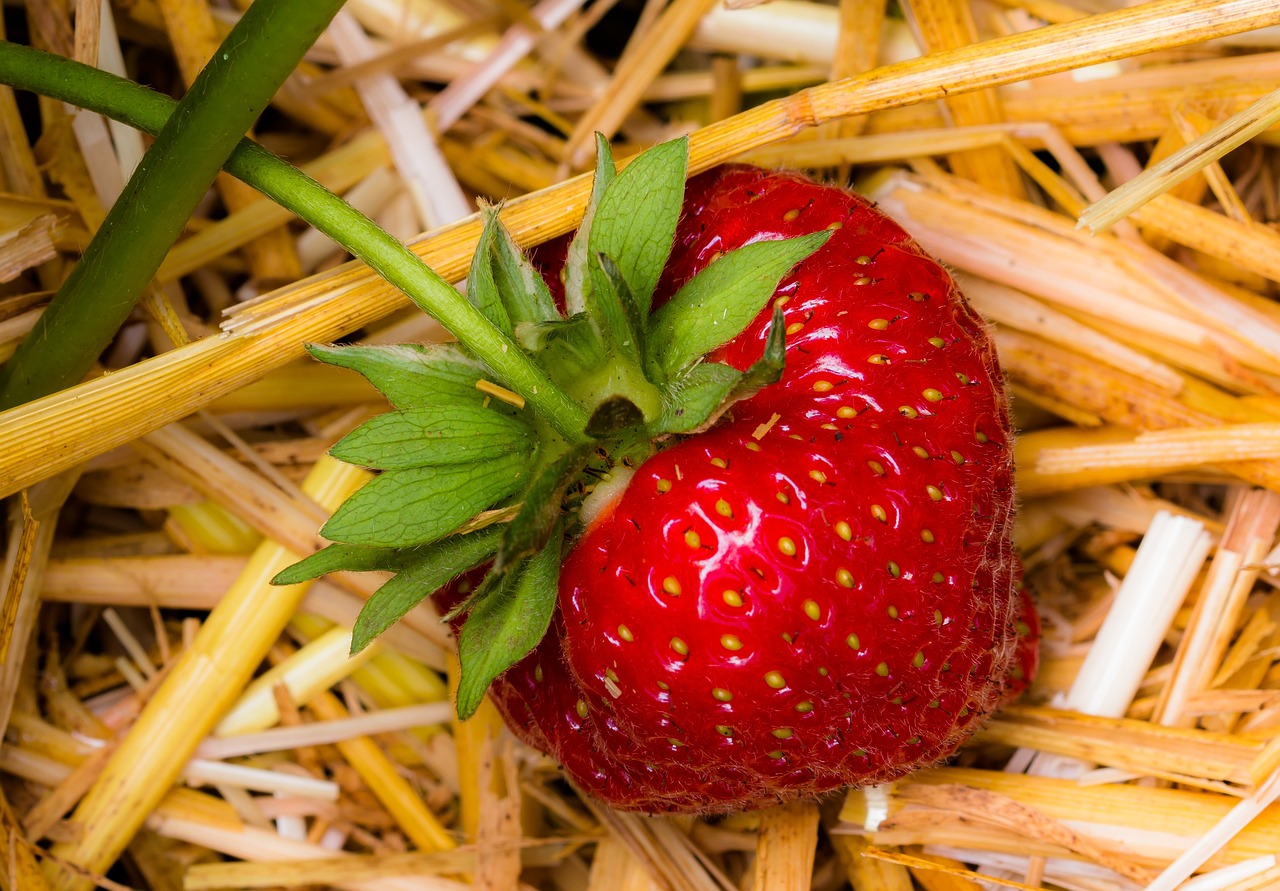
Strawberries are a delightful and nutritious fruit that can be easily grown at home, even for beginners. To help you cultivate the most luscious and flavorful strawberries, we’ve compiled seven juicy secrets that will guide you through the process. From soil preparation to maintenance, these tips will ensure that your strawberry plants yield an abundant harvest of plump, sweet berries. Let’s dive into the secrets of growing bigger, sweeter strawberries for beginners!
1. Choosing the Right Variety
When it comes to growing strawberries garden, not all varieties are created equal. Some are better suited for specific climates or growing conditions. Consider the following factors when selecting a strawberry variety:
- Day-Neutral vs. June-Bearing: Day-neutral varieties produce fruit throughout the growing season, while June-bearing varieties yield a single, large crop.
- Climate Compatibility: Ensure that the variety you choose is well-suited to the climate in your region.
- Flavor and Size: Different varieties offer varying levels of sweetness and berry size. Select a variety that aligns with your taste preferences.
2. Optimal Planting Time
The timing of planting can significantly impact the growth and yield of your strawberry plants. For most regions, the best time to plant strawberries is in the early spring or late summer. By planting during these periods, the plants have ample time to establish themselves before the harsh conditions of winter or the intense heat of summer.
3. Sunlight and Soil Requirements
Strawberries thrive in well-drained, slightly acidic soil that receives plenty of sunlight. When preparing the planting site, keep the following in mind:
- Sun Exposure: Choose a location that receives at least 6-8 hours of sunlight per day.
- Soil pH: Aim for a soil pH of 5.5 to 6.5 for optimal strawberry growth.
4. Adequate Watering
Just like athletes, strawberries need to stay hydrated for peak performance. Regular, deep watering, especially during fruiting season, is key. Imagine them as tiny sumo wrestlers, plumping up for their juicy joust. But, a word of caution: soggy soil is a no-go, so avoid waterlogging.
Proper watering is essential for the development of plump, juicy strawberries. To ensure that your plants receive adequate moisture:
- Consistent Watering: Maintain consistent moisture levels, especially during the flowering and fruiting stages.
- Avoid Overhead Watering: Direct water at the base of the plants to prevent the foliage and berries from becoming excessively wet, which can lead to disease.
5. Pruning and Runner Management
Pruning and managing runners are crucial for maximizing the size and sweetness of your strawberry harvest. Follow these guidelines for effective pruning:
- Remove Runners: Regularly remove runners to redirect the plant’s energy towards fruit production.
- Trim Yellowing Leaves: Trim yellowing or diseased leaves to promote healthy growth and prevent the spread of infections.
6. Fertilization Techniques
Strawberries benefit from regular, balanced fertilization to support robust growth and fruit development. Consider the following fertilization tips:
- Slow-Release Fertilizer: Use a slow-release fertilizer to provide a steady supply of nutrients over an extended period.
- Avoid Excessive Nitrogen: Too much nitrogen can result in excessive foliage growth at the expense of fruit production.
7. Pest and Disease Management
Protecting your strawberry plants from pests and diseases is essential for ensuring a bountiful harvest. Implement the following strategies to safeguard your plants:
- Mulch Application: Apply mulch around the plants to suppress weeds and reduce the risk of soil-borne diseases. Mulch is the ultimate gardener’s superpower. A layer of straw, wood chips, or even cocoa shells shields your berries from scorching sun, keeps weeds at bay, and retains precious moisture
- Monitor for Pests: Regularly inspect your plants for signs of pest infestations, such as aphids or mites.
By incorporating these seven juicy secrets into your strawberry growing routine, you’ll be well on your way to cultivating an abundance of bigger, sweeter strawberries. From the initial variety selection to ongoing maintenance and care, each secret plays a vital role in the success of your strawberry garden.
